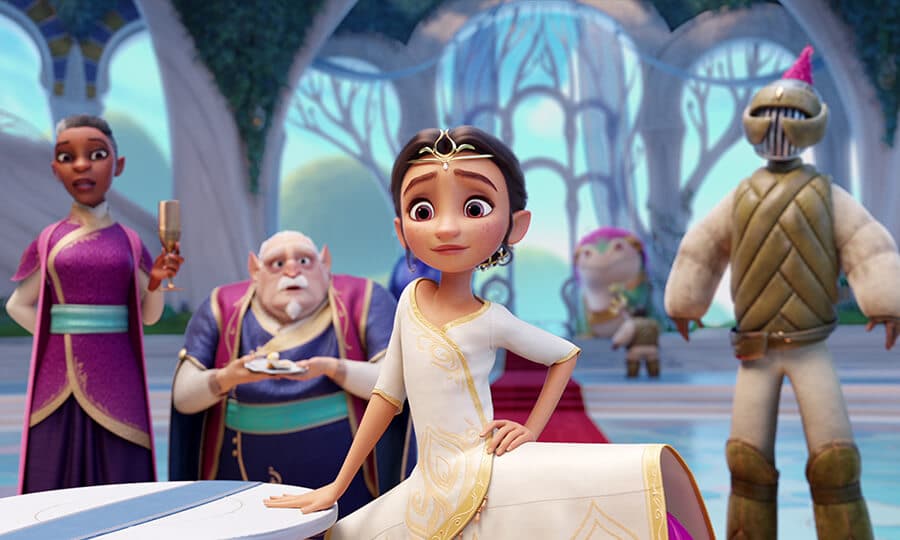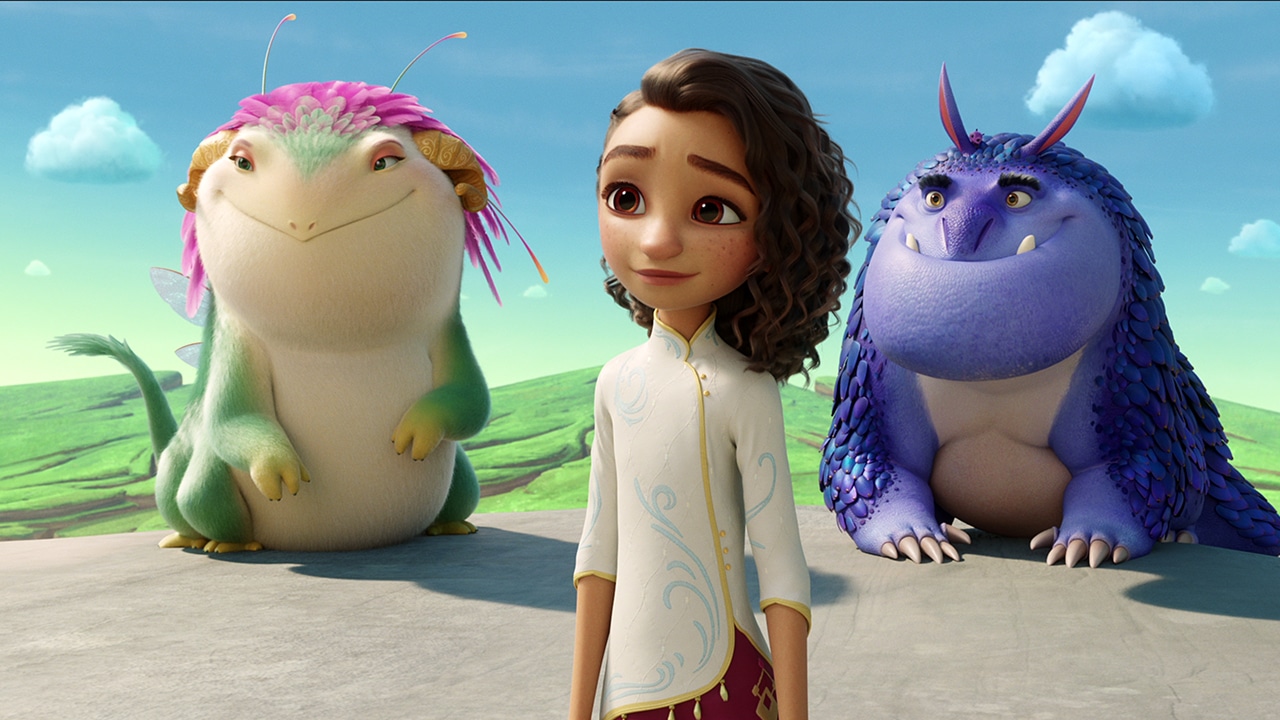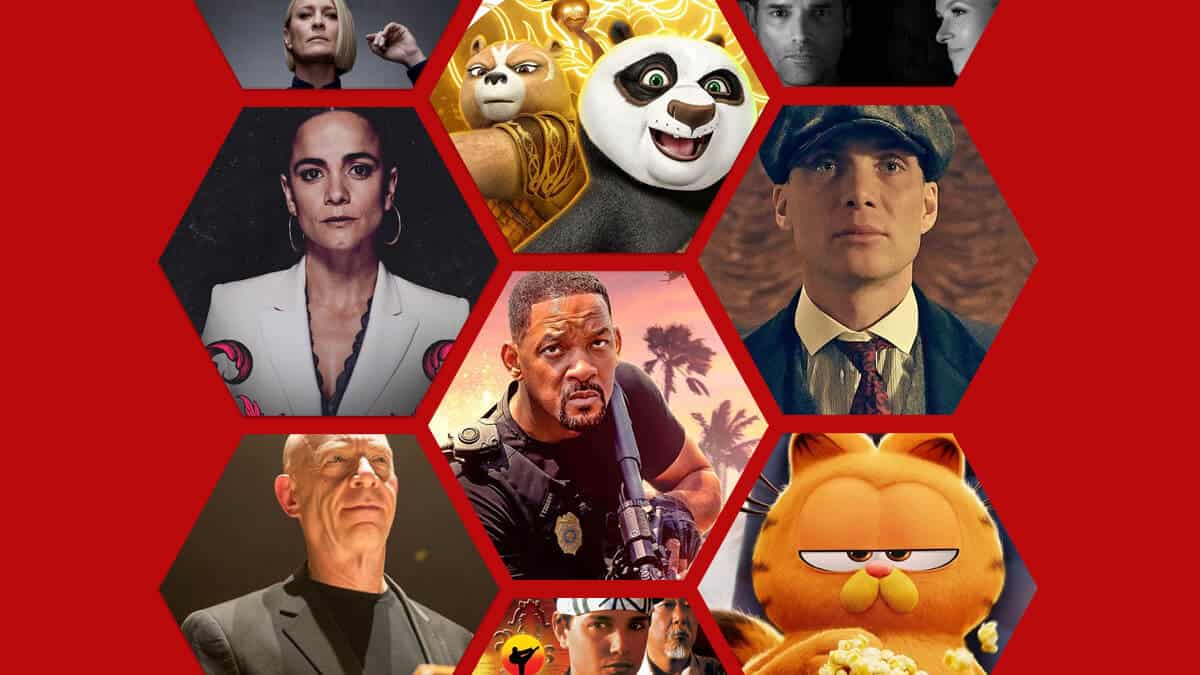Cr: Skydance Animation/Netflix © 2024
Kids’ and family movies and series, particularly those in animation, play a crucial role in Netflix’s business model. Thanks to the Netflix Engagement Reports, we can see what works and what doesn’t work like never before. That said, it’s often hard to decipher given the volume of data that’s thrown at you.
A new report from a What’s on Netflix contributor and leading kids media consultant, Emily Horgan, delves into the big takeaways as they pertain to kids, including how CoComelon viewership is heading in the wrong direction and why Spellbound, the first of a multi-movie deal from Skydance Animation, turned out to be a bit of a disappointment.
You can find out more information about the Kids Content Performance Report here. Since launching, a diverse range of companies across the media ecosystem have picked up the report, with current clients including major streaming platforms, global toy manufacturers, and leading licensing companies.
To coincide with the release of the new report, covering the H2 2024 data, I sent Horgan some questions to gather the most significant takeaways.
Thanks for answering some of my questions about your findings in your new Netflix kids performance report. What are your biggest takeaways?
Every time we go digging in the data, it’s so exciting. We see new things emerge, as well as swirling currents in trends we’re already tracking. Take Preschool, for example, the top-performing shows here have been pretty consistent for the two years Netflix has been disclosing data, but we can now see that CoComelon’s crown is slipping, with viewership down nearly 60% year on year.
This time around, we extended the report to include animated movies. Netflix remains committed to this format, according to their statements from the last earnings call. But their current slate really doesn’t stack up against the output deals coming from bigger 3rd party studios like DreamWorks and Universal. Spellbound, in particular, underperformed.
Finally, we’re tracking other things that are more specific to the kids segment. We’re seeing a playbook emerge for animated girls’ IP, for example, here, Unicorn Academy from Spin Master is a standout performer. We also see that low/no dialogue animated comedy series do really well for Netflix.
You’ve said in your report that Netflix has moved from its subscriber growth era to its engagement growth era – how important does kids’ and animation content play into this?
The focus on engagement vs. subscriber scale is so key for kids’ content. Beforehand, kids as a genre had been totally sidelined when considering what might drive subscriber growth (a premise I don’t agree with, by the way). But there’s no denying that kids are voracious consumers of content on streaming, and kids’ content represents a crucial opportunity as engagement comes into focus. We can see from Nielsen and from the Netflix engagement reports that the top kids’ series and movies drive very compelling numbers across the board.
Spellbound has been the source of constant murmurs and has been cited as a disappointment by some analysts – you’ve said in your report that it underperformed – can you put some flesh on what that means and looks like, and what are your prevailing feelings as to why?


Cr: Skydance Animation/Netflix © 2024
The numbers are undeniable; Spellbound came in low for what’s possible from a high-profile Netflix animated feature. It has also been conspicuously absent from any comment by the streamer itself.
Why is it a different question and one that’s harder to answer? Perhaps it wasn’t marketed enough, or perhaps it got stuck in algorithmic discovery. Taking it back to the movie itself, there must have been a disconnect between audiences and the storyline/characters. It’s a shame because, on paper, Spellbound had a lot going for it.
Pookoo is the 2025 swing from Skydance Animation – do you believe that one will perform better? What will be the consequences if it doesn’t?
The biggest hits from Netflix on the animated feature front have been The Sea Beast and Leo. If Pookoo fails to hit that kind of level of engagement, it’s going to be a real statement on the streamer’s momentum in this genre.
One of the issues is that the high-profile team at Skydance Animation is used to working in studios that have the whole franchise machine at work: theatrical releases, full-scale marketing, consumer products, music labels, etc. Netflix doesn’t have this. The question is whether a movie like Spellbound or Pookoo can cut through without that machine at work.
Looking ahead at Netflix’s upcoming slate of animated films for the rest of this year and beyond, any standouts? What would you put your money on performing well?
I am very excited to see more of what Netflix can do with Roald Dahl IP, so my top pick is The Twits, which is coming later this year. This has the potential to be a signature movie in terms of what Netflix can do with the Dahl catalogue. Also, Mr. and Mrs Twit as characters are so full of kid appeal. I really hope it remains fun and funny and isn’t overworked for the sake of creative endeavour.
Finally, a fun one – you’re now the head of Netflix. You’re allowed to swap your US first window deals with Sony Pictures Animation and Universal Animation with Disney’s output and Pixar’s – would you do it?
Right now, I would be sticking with Sony and Universal, thank you very much!
From an animation point of view, both studios hit both commercial and creative needs for animated features exceptionally well. The Disney studios are dogged with legacy, and it shows. We can see from the Netflix Kids Content Performance Reports that the Universal output deal, in particular, across DreamWorks and Illumination, drives incredible engagement for Netflix, with over 2 billion hours viewed in 2024. If I were the head of Netflix, I’d do everything I could to ensure the longevity of that deal.
This interview has been edited for brevity and clarity.
Don’t forget that What’s on Netflix offers a comprehensive Netflix Engagement Report search tool that combines all four reports into a single searchable table.














